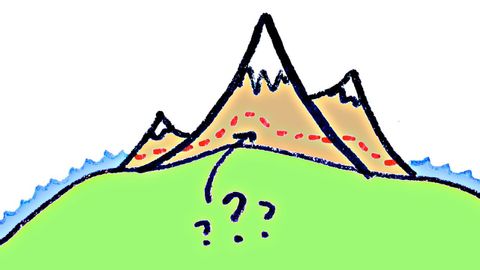
Subtitles & vocabulary
Video vocabulary
sea
US /si:/
・
UK /si:/
- Noun (Countable/Uncountable)
- Very large group of people, similar-looking things
- Large body of salty water with land around it
A1
More flat
US /flæt/
・
UK /flæt/
- Noun (Countable/Uncountable)
- Apartment; set of rooms for living in
- The smooth or level part of something
- Verb (Transitive/Intransitive)
- To share an apartment with someone
- To fail to produce the intended effect; to be unsuccessful or uninteresting.
A2
More Use Energy
Unlock All Vocabulary
Unlock pronunciation, explanations, and filters
